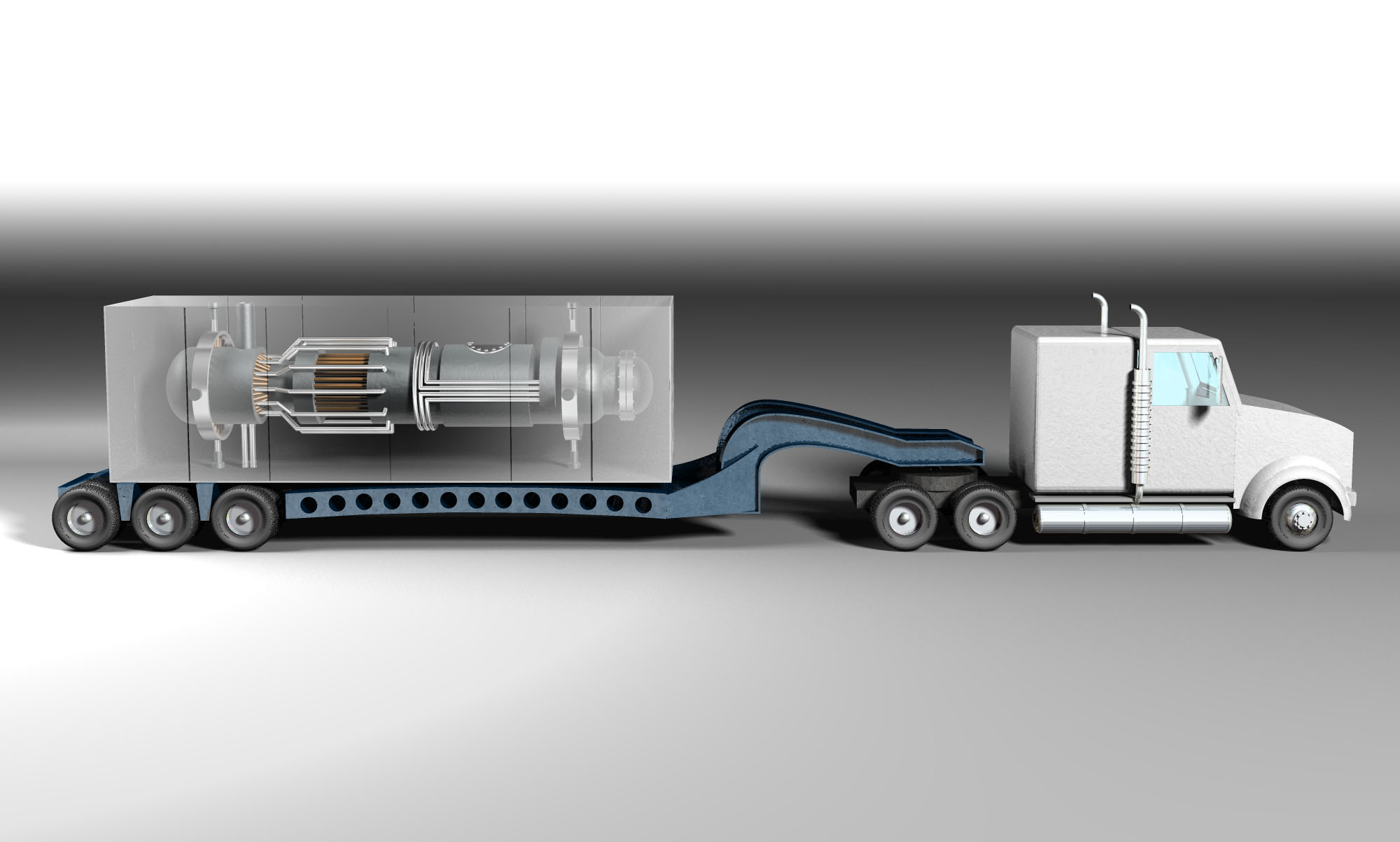
Latest News
Safety, nuclear waste, water use: Here’s what you need to know about Utah’s nuclear push
State leaders want Utah to produce far more energy in the coming years. They’re betting big on nuclear power to get there.
By Anastasia Hufham | Feb. 17, 2025
Utah Gov. Spencer Cox hopes to commit over $20 million to developing nuclear power infrastructure across the state this year. Senate President Stuart Adams has proposed making Utah “one of the nuclear headquarters for the world.”
Specifically, officials want to make it easier to build advanced nuclear reactors that are far smaller than traditional nuclear power plants. These smaller reactors are touted by proponents as safe options that produce less waste and can be tailored to specific energy needs.
But nuclear energy brings plenty of risks: the waste it produces is dangerously radioactive, reactors are expensive and past accidents like those at Three Mile Island and Fukushima cast a shadow on its future.
Utah is already laying the groundwork for several small nuclear projects. The state hopes to build dozens of microreactors on military property, and the Utah Inland Port Authority is considering developing microreactors in Emery County. Meanwhile, the state is pursuing a lawsuit against the U.S. Nuclear Regulatory Commission to loosen licensing requirements for small nuclear reactors.
So why does Utah want to invest so heavily in nuclear energy? And what, exactly, are the small modular reactors and microreactors that state leaders want to bring in? Here’s what to know.

